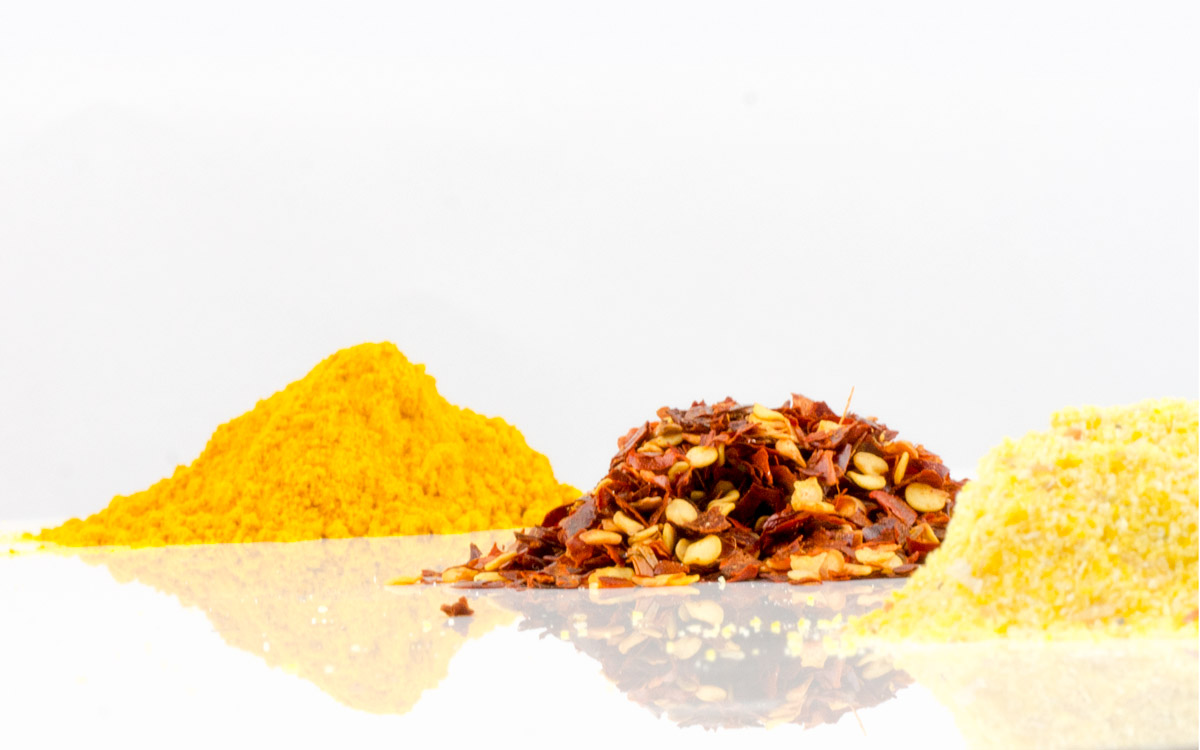
You know the scene: you’re sitting around a table, be it kitchen, dining, or living room variety, and a meal comes to the table. It smells incredible. The conversation stops. It’s time to eat.
What comes next depends on where you are in the world: do you pick up the outside fork and knife first and politely munch on miniscule-sized food, or do you dig into the communal meal with a piece of bread and your hands? Regardless of how it’s devoured, most parts of the world have a dish they call their own and a way to prepare and eat it. Even though we can make just about anything we’d like because we can get any ingredient in any season, there was a time when meals were made based on what ingredients were available. Some places have stuck to those meals, and while we haven’t really made up our mind about a national dish here in North America, other parts of the world have. We traveled to check out a few dishes that make their country proud.
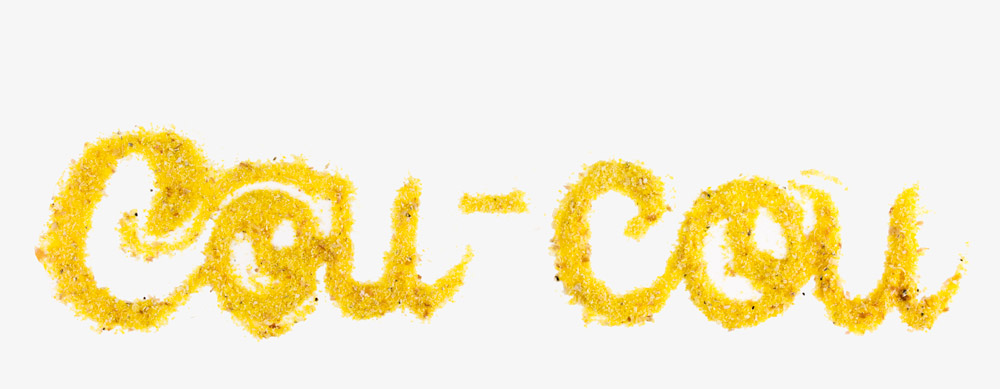
Cou-cou and flying fish
Where: Barbados
What is it: A cornmeal dish served with the national fish of Barbados, the flying fish.
Ingredients: Cornmeal, okra, flying fish, lime juice, seasoning and spices, onion, garlic, thyme, butter.
Once overflowing with flying fish, Barbados now calls it their national fish so it makes sense that it’s also their national dish. It’s usually steamed or fried and served with cou-cou, a mix of cornmeal and okra, commonly found in local supermarkets. Cou-cou is made with a unique wooden stick solely created for its preparation. The stick, aptly named a cou-cou stick, has a long, flat, rectangular shape and is about one-foot long. It is essential to making the dish because it gives it a firm texture and makes it easy to stir.
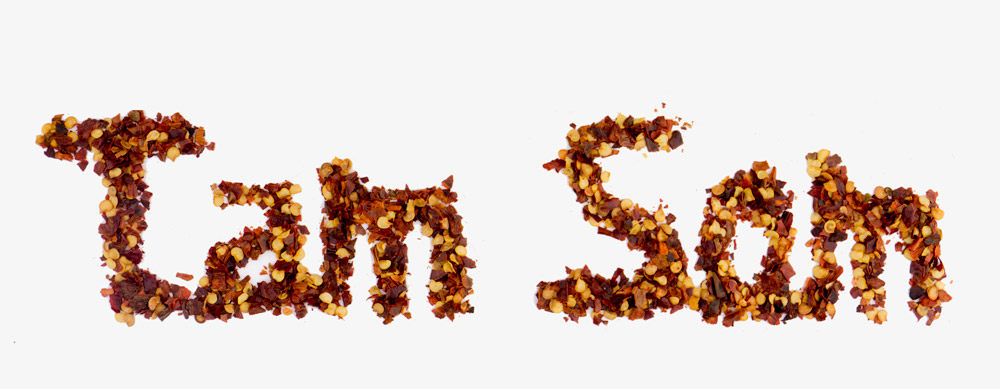
Tam Som
Where: Laos
What is it: Green papaya salad
Ingredients: Papaya, sour lime, hot chili, savory fish sauce, palm sugar, garlic, dried shrimp, brined crabs, shrimp paste, padaek, tomatoes, yardlong beans, hog plums, raw Thai eggplant.
Tam literally means “pounded”. It gets its name because the dressing is pounded using a mortar and wooden pestle. Sometimes, the ingredients are also pounded to release the flavours of the ingredients. There are a variety of tam salads eaten all around Laos and Thailand. The dish lusciously combines sour, spicy, savoury, and sweet that make a dish drool-worthy. Brined crabs are black crabs, a freshwater crustacean found in flooded rice fields and canals. Dried shrimp paste is basically a must in southeast Asian cuisine and the limes, found locally around Malaysia, pair perfectly with spicy chili. If you want the best tasting shrimp paste, try to find the ones from markets near coastal villages; fishing families have been making them for a long time and know what they’re doing. Yardlong beans are actually only about a half-yard long, but grow around much of Southeast Asia, they’re easily thrown in. Tam som is usually served with sticky rice and ping gai (grilled chicken). Yum.
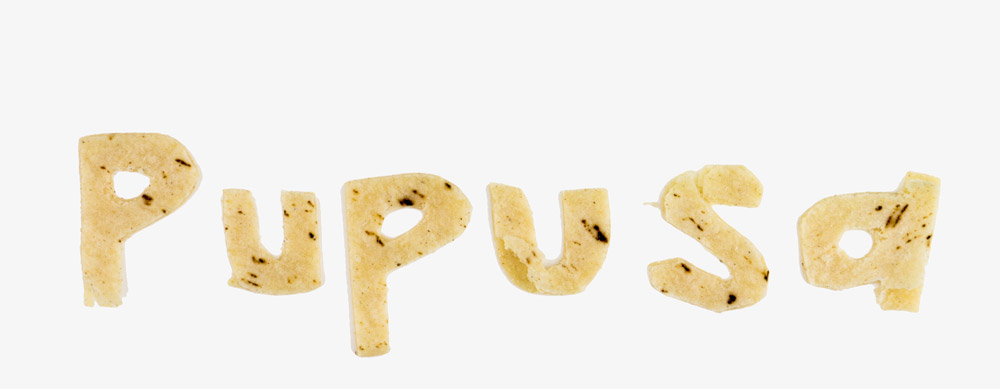
Pupusa
Where: El Salvador
What is it: A handmade corn tortilla stuffed with a blend of cheese, ground pork, refried beans, and loroco.
Ingredients: Quessilo, chicharron, refried beans, loroco, masa de maize.
White corn, not sweet corn, is grown in El Salvador and is a staple of all Salvadorian cuisine. Pupusa is made from maize, a corn dough made through the complicated process of hominy (look it up) which basically converts some B vitamins so they can be absorbed by the body and therefore healthier (yeah, science!). They can be stuffed with a variety of deliciousness that usually includes chicharron, a pork meat that’s been ground to a paste, refried beans, loroco, a vine with an edible flower that grows in El Slavador (a lot like spinach or chard) and quesillo, a popular type of cheese in El Salvador that’s made by another complicated process that involves twisting the cheese into ribbons and then rolling it up like a ball of yarn. Who wouldn’t love a ball of yarn of cheese?! Pupusa is usually served with curtido, a lightly fermented cabbage slaw with red chilies and vinegar, and a watery tomato salsa.
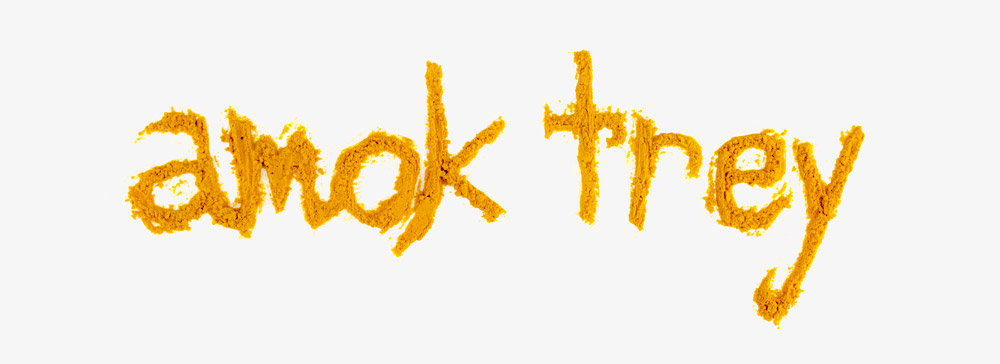
Dish: Amok trey
Where: Cambodia
What is it: Fish that’s been curried and steamed inside a banana leaf.
Ingredients: Mekong catfish, coconut milk, kroeung, amok, prahok.
This dish is made for special occasions, such as the Water Festival. Amok is a cup made of banana leaves and the fish inside it has been coated in a thick coconut milk with kroeung, a Cambodian word for a bunch of herb and spice pastes that make up the base flavour for many dishes. Prahok is a Cambodian fish paste made from fermented, crushed fish that’s dried in the sun for days, salted, and jarred. Sounds gross but makes for that distinct salty flavour. Because the Mekong River runs right through the country, fish, water, and rice are the main influences in many Cambodian dishes. Banana leaves are huge, flexible, waterproof and help to contain the flavour of the dish; they’re also totally ecologically friendly, so that’s cool too.
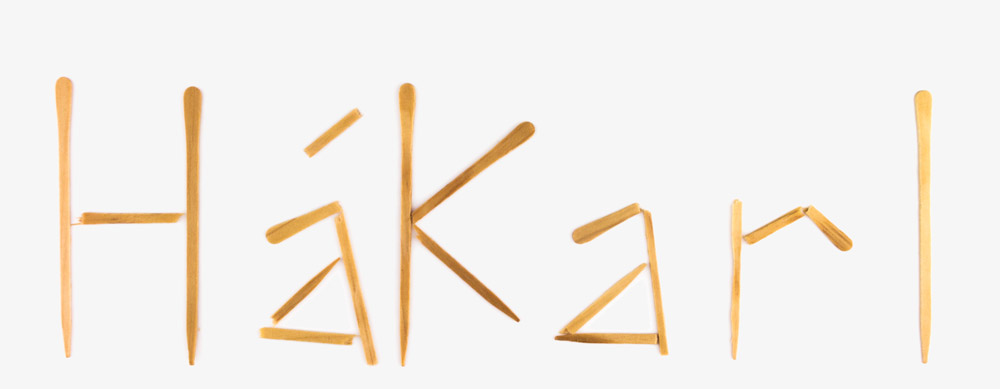
Hákarl
Where: Iceland
What is it: A poisonous shark that’s been fermenting under ground for 4-5 months.
Ingredients: Greenland shark
Probably because they were found in the North Atlantic by Icelandic natives and it was the only food to eat. If you’re brave enough to try hákarl (Anthony Bourdain hardly was; he got it down but said it was the worst food he’s ever eaten), it’s served with Brennivín, a signature, unsweetened schnapps similar to vodka. The shark is poisonous if eaten raw because it contains high levels of urea and trimethylamine oxide, but gut it, behead it, place it in a shallow hole, and cover it with gravel and stones so all the juices are squeezed out of it after 4-5 months, then hang it to dry for a few more weeks and it’s no longer going to kill you. Well, apparently the smell might: it’s a potent blend of fish and ammonia, so first-timers are warned to hold their nose (apparently it smells worse than it tastes). The whole fermentation process creates a thick, brown crust on the outside of the shark, which is sliced off then served in cubes on toothpicks. You can have glerhákarl, which is chewy and reddish from the belly, or skyrhákarl, which is white and soft, from the body. Eating it is associated with heartiness and strength, so plug your nose and get ready for probably the best tasting vodka shot of your life.
You know the scene: you’re sitting around a table, be it kitchen, dining, or living room variety, and a meal comes to the table. It smells incredible. The conversation stops. It’s time to eat.
What comes next depends on where you are in the world: do you pick up the outside fork and knife first and politely munch on miniscule-sized food, or do you dig into the communal meal with a piece of bread and your hands? Regardless of how it’s devoured, most parts of the world have a dish they call their own and a way to prepare and eat it. Even though we can make just about anything we’d like because we can get any ingredient in any season, there was a time when meals were made based on what ingredients were available. Some places have stuck to those meals, and while we haven’t really made up our mind about a national dish here in North America, other parts of the world have. We traveled to check out a few dishes that make their country proud.

Cou-cou and flying fish
Where: Barbados
What is it: A cornmeal dish served with the national fish of Barbados, the flying fish.
Ingredients: Cornmeal, okra, flying fish, lime juice, seasoning and spices, onion, garlic, thyme, butter.
Once overflowing with flying fish, Barbados now calls it their national fish so it makes sense that it’s also their national dish. It’s usually steamed or fried and served with cou-cou, a mix of cornmeal and okra, commonly found in local supermarkets. Cou-cou is made with a unique wooden stick solely created for its preparation. The stick, aptly named a cou-cou stick, has a long, flat, rectangular shape and is about one-foot long. It is essential to making the dish because it gives it a firm texture and makes it easy to stir.

Tam Som
Where: Laos
What is it: Green papaya salad
Ingredients: Papaya, sour lime, hot chili, savory fish sauce, palm sugar, garlic, dried shrimp, brined crabs, shrimp paste, padaek, tomatoes, yardlong beans, hog plums, raw Thai eggplant.
Tam literally means “pounded”. It gets its name because the dressing is pounded using a mortar and wooden pestle. Sometimes, the ingredients are also pounded to release the flavours of the ingredients. There are a variety of tam salads eaten all around Laos and Thailand. The dish lusciously combines sour, spicy, savoury, and sweet that make a dish drool-worthy. Brined crabs are black crabs, a freshwater crustacean found in flooded rice fields and canals. Dried shrimp paste is basically a must in southeast Asian cuisine and the limes, found locally around Malaysia, pair perfectly with spicy chili. If you want the best tasting shrimp paste, try to find the ones from markets near coastal villages; fishing families have been making them for a long time and know what they’re doing. Yardlong beans are actually only about a half-yard long, but grow around much of Southeast Asia, they’re easily thrown in. Tam som is usually served with sticky rice and ping gai (grilled chicken). Yum.

Pupusa
Where: El Salvador
What is it: A handmade corn tortilla stuffed with a blend of cheese, ground pork, refried beans, and loroco.
Ingredients: Quessilo, chicharron, refried beans, loroco, masa de maize.
White corn, not sweet corn, is grown in El Salvador and is a staple of all Salvadorian cuisine. Pupusa is made from maize, a corn dough made through the complicated process of hominy (look it up) which basically converts some B vitamins so they can be absorbed by the body and therefore healthier (yeah, science!). They can be stuffed with a variety of deliciousness that usually includes chicharron, a pork meat that’s been ground to a paste, refried beans, loroco, a vine with an edible flower that grows in El Slavador (a lot like spinach or chard) and quesillo, a popular type of cheese in El Salvador that’s made by another complicated process that involves twisting the cheese into ribbons and then rolling it up like a ball of yarn. Who wouldn’t love a ball of yarn of cheese?! Pupusa is usually served with curtido, a lightly fermented cabbage slaw with red chilies and vinegar, and a watery tomato salsa.

Dish: Amok trey
Where: Cambodia
What is it: Fish that’s been curried and steamed inside a banana leaf.
Ingredients: Mekong catfish, coconut milk, kroeung, amok, prahok.
This dish is made for special occasions, such as the Water Festival. Amok is a cup made of banana leaves and the fish inside it has been coated in a thick coconut milk with kroeung, a Cambodian word for a bunch of herb and spice pastes that make up the base flavour for many dishes. Prahok is a Cambodian fish paste made from fermented, crushed fish that’s dried in the sun for days, salted, and jarred. Sounds gross but makes for that distinct salty flavour. Because the Mekong River runs right through the country, fish, water, and rice are the main influences in many Cambodian dishes. Banana leaves are huge, flexible, waterproof and help to contain the flavour of the dish; they’re also totally ecologically friendly, so that’s cool too.

Hákarl
Where: Iceland
What is it: A poisonous shark that’s been fermenting under ground for 4-5 months.
Ingredients: Greenland shark
Probably because they were found in the North Atlantic by Icelandic natives and it was the only food to eat. If you’re brave enough to try hákarl (Anthony Bourdain hardly was; he got it down but said it was the worst food he’s ever eaten), it’s served with Brennivín, a signature, unsweetened schnapps similar to vodka. The shark is poisonous if eaten raw because it contains high levels of urea and trimethylamine oxide, but gut it, behead it, place it in a shallow hole, and cover it with gravel and stones so all the juices are squeezed out of it after 4-5 months, then hang it to dry for a few more weeks and it’s no longer going to kill you. Well, apparently the smell might: it’s a potent blend of fish and ammonia, so first-timers are warned to hold their nose (apparently it smells worse than it tastes). The whole fermentation process creates a thick, brown crust on the outside of the shark, which is sliced off then served in cubes on toothpicks. You can have glerhákarl, which is chewy and reddish from the belly, or skyrhákarl, which is white and soft, from the body. Eating it is associated with heartiness and strength, so plug your nose and get ready for probably the best tasting vodka shot of your life.
